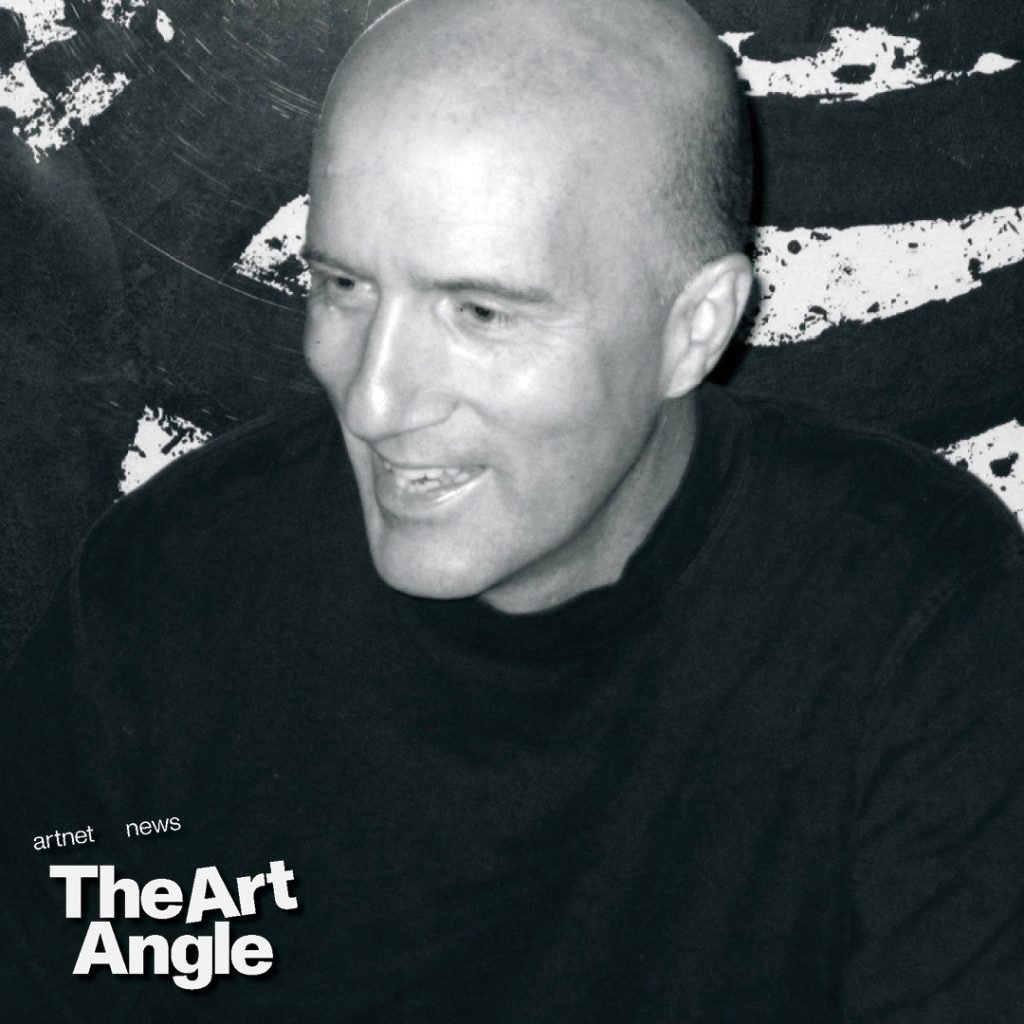The Art Angle
The Art Angle Podcast: Hal Foster on the Age of Art Theory
Forty years after 'The Anti-Aesthetic,' Hal Foster speaks to Artnet's chief critic Ben Davis.

Forty years after 'The Anti-Aesthetic,' Hal Foster speaks to Artnet's chief critic Ben Davis.

Artnet News

Hal Foster is one of the most well-known thinkers about art today. In a career that spans several decades, he is known for important much-cited books including The Return of the Real from 1996, Design and Crime from 2002 and most recently, Brutal Aesthetics from 2020. He teaches at Princeton and writes for a broader audience at Artforum and the London Review of Books, among many other places.
And anyone who has studied art theory or contemporary art is probably familiar with a masterful book he edited called The Anti Aesthetic. Put out by the Bay Press in 1983, the slim, purple, 150 page collection brought together nine essays by figures including Jürgen Habermas, Rosalind Krauss, Frederic Jameson, and Edward Said, plus an introduction by Foster himself, theorizing in exciting, contradictory, and new ways what it meant to write about, make, and see art.
It set the tone for a lot of the criticism and reception of art theory in the 1980s and beyond, and helped make theory cool in art. Indeed, this small book has cast such a long shadow that Foster has just published a text for Artforum called The Anti Aesthetic at 40, where he assesses its legacy four decades on from its publication.
The work reminds one of the sense of intellectual excitement and seriousness of purpose that drew many into writing about art in the first place. A sense that feels very embattled now. This week on the podcast, Hal Foster joins Artnet’s chief art critic Ben Davis to discuss the recent past and present of art criticism.